Plants need light to grow, but indirect light is especially important for plants grown indoors. When you grow plants indoors, you have to be careful about how much light they get. Too much or too little light can be detrimental to their health. That’s why it’s important to choose a spot for your plants that gets perfect light.
So, what’s the perfect lighting for your plants? Let’s take a look at direct vs. indirect light to find out.
The Perfect Lighting For Your Plants: Direct Vs. Indirect
When it comes to light, plants can be classified as either needing direct light or indirect light. Direct light means that the plant is getting sunlight directly from the sun. Indirect light means that the plant is getting light from the sun that has been reflected off of something else, like a wall or another surface.
Plants that need direct light typically have leaves that are thinner and more delicate. They also tend to have brighter colors. Examples of plants that need direct light include succulents, cacti, and impatiens.
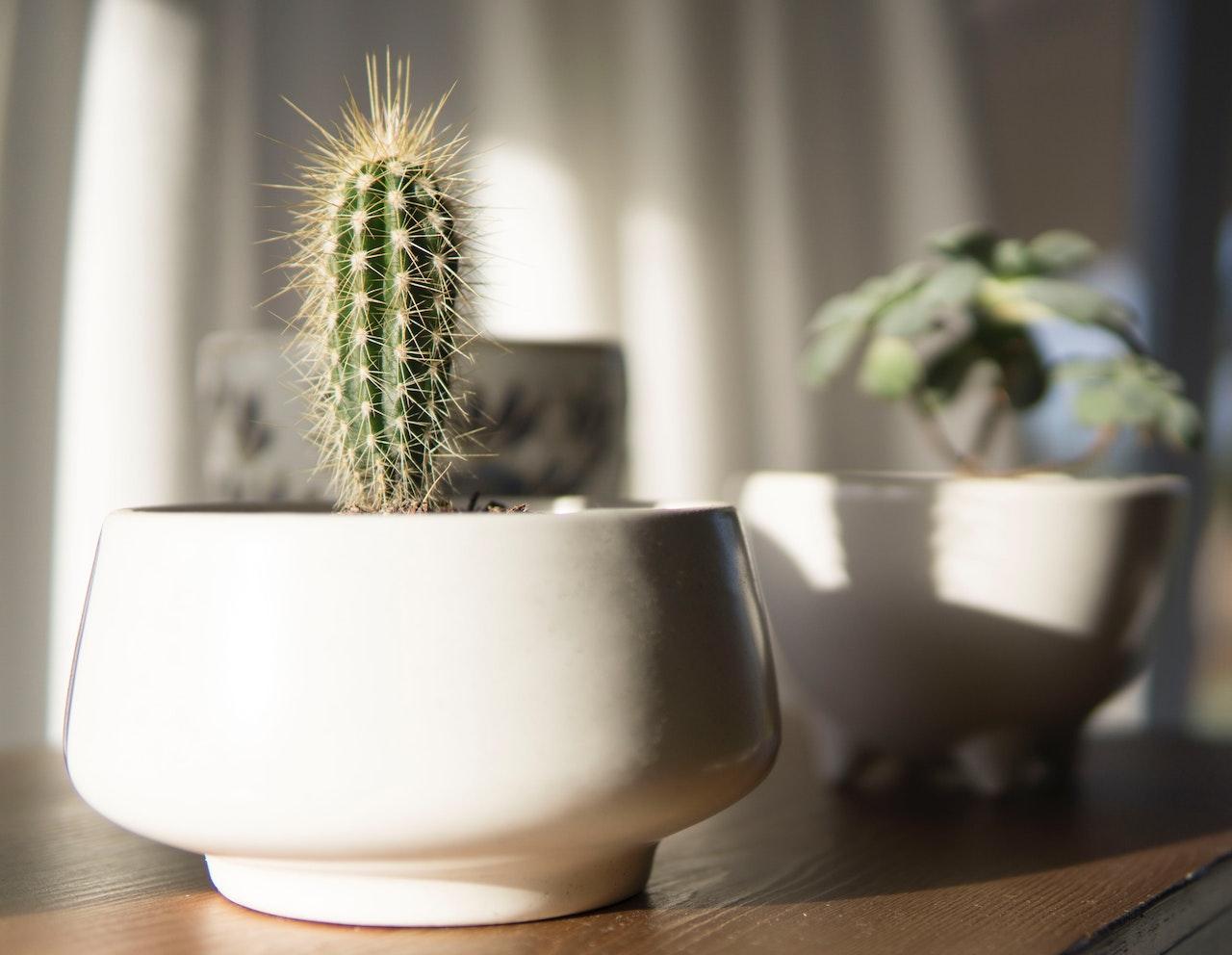
Credit: Pexels
Plants that need indirect light typically have thicker, darker leaves. They also tend to have dull colors. Examples of plants that need indirect light include ferns, ivy, and philodendrons.
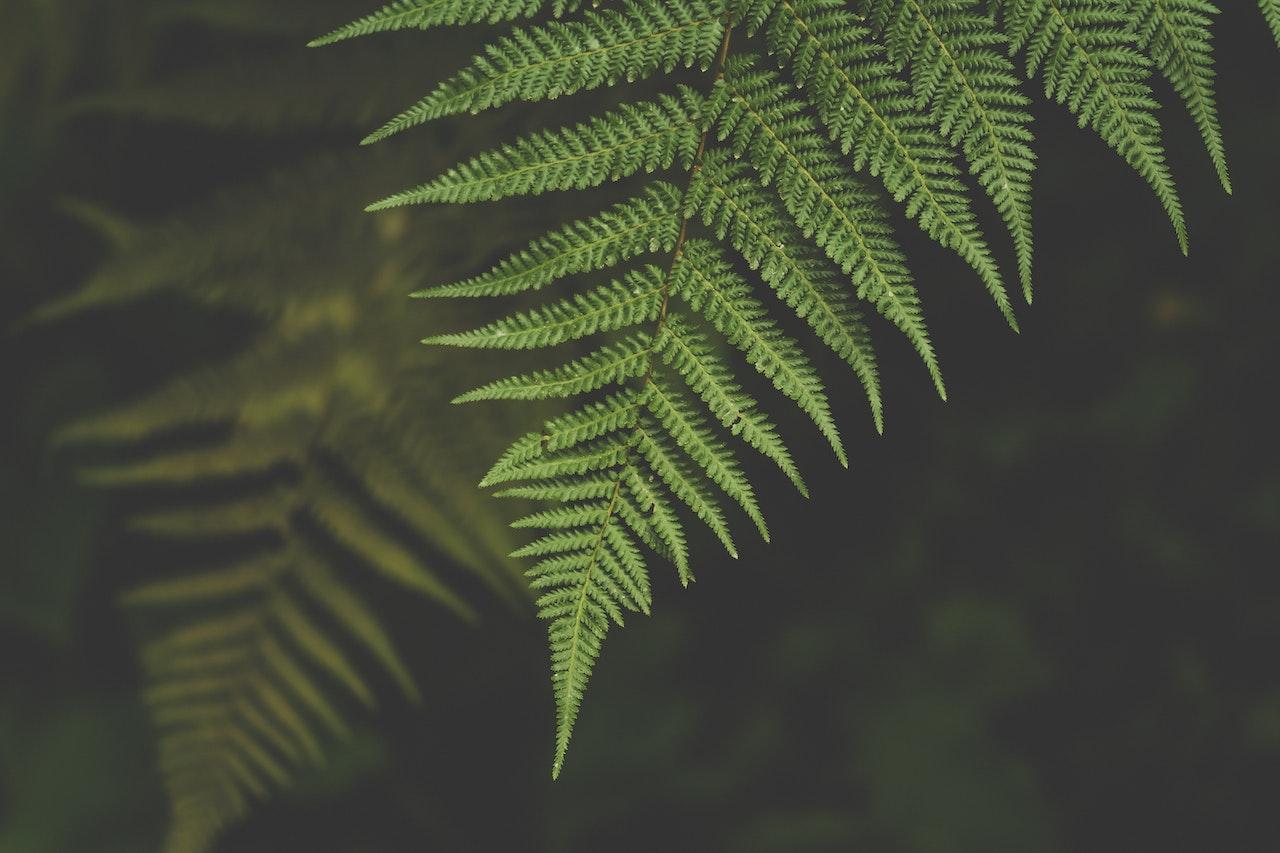
Credit: Pexels
When you’re choosing a spot for your plant, make sure to take into account whether it needs direct or indirect light. And if you’re not sure, ask a professional at your local nursery. They’ll be able to help you figure out the best place to put your plant so it can thrive.
So, what’s the difference between direct and indirect light when it comes to plants? Well, direct light is intense and can be too much for some plants. Indirect light is more gentle and can be better for plants that are sensitive to the sun.
What Is Indirect Light For Your Plants
Indirect light is light that doesn’t come directly from the sun. The light that’s been reflected off surfaces like walls, ceilings, and floors. Indirect light is important for plants because it provides light that is not as intense as direct sunlight. It means the plants can get the light they need without getting too much heat or light.
Too much light can be just as harmful to plants as too little light. That’s why it’s important to choose a spot for your plants that gets indirect light.
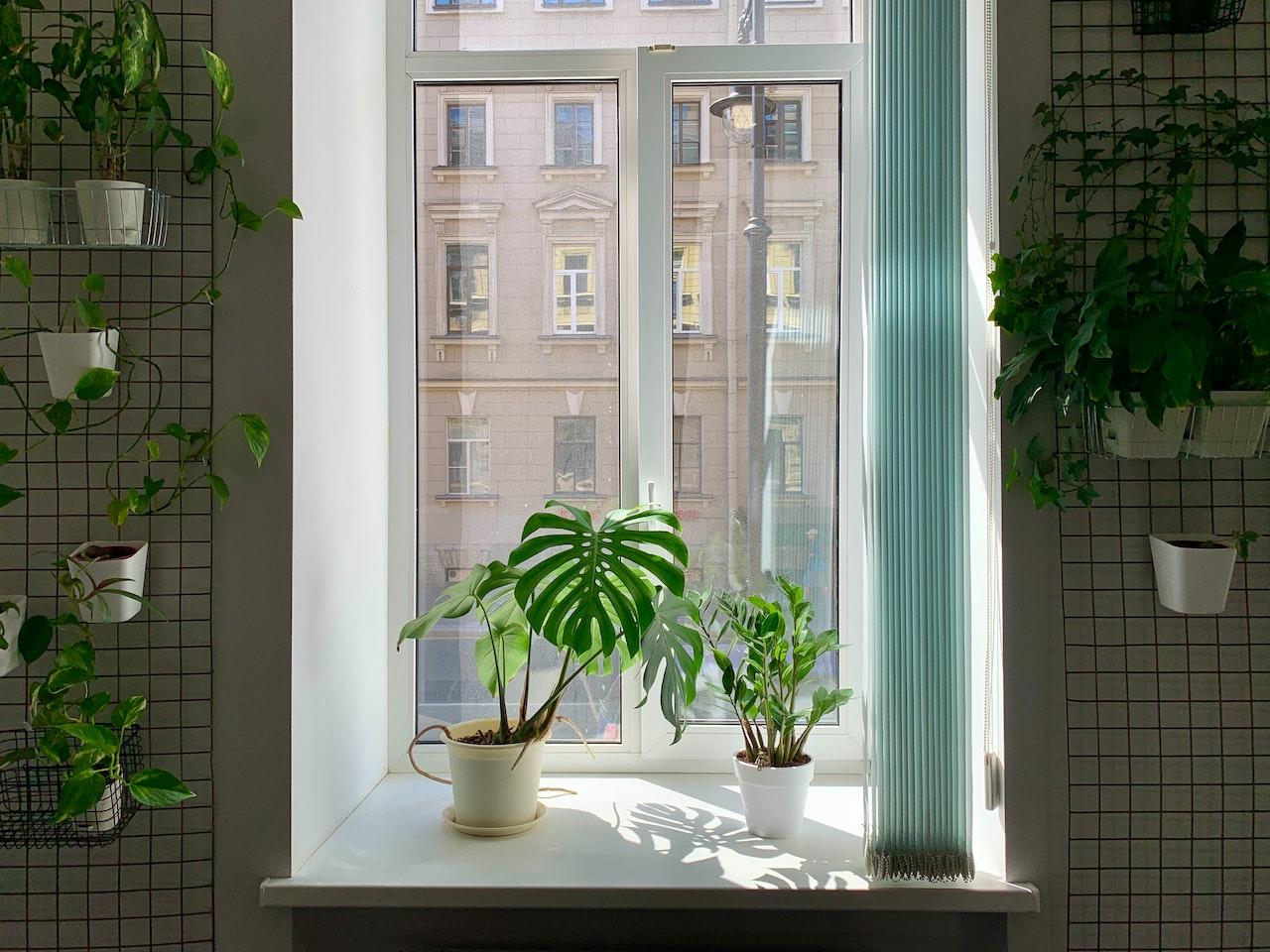
Credit: Pexels
There are a few things to keep in mind when looking for a spot for your plants that gets indirect light.
- Make sure that the spot gets some light from the sun. It is important because plants need sunlight to grow.
- Make sure that the spot doesn’t get too much light. If a spot is getting too much light, you can try moving your plants to a spot that’s a little bit further away from the light source.
The type of light is also important because plants need a balance of direct and indirect light to thrive.
The Benefits Of Indirect Light For Plants
Indirect light is great for plants because it doesn’t produce as much heat as direct light. It means that your plants won’t get as dried out and stressed from the heat, and they’ll be less likely to experience leaf scorch.
Another benefit of indirect light is that it doesn’t produce as much glare. This can be beneficial for both you and your plants. If you’re trying to read or work near your plants, the indirect light will be much easier on your eyes, and your plants will also appreciate the softer light because it won’t be as intense and harsh as direct light.
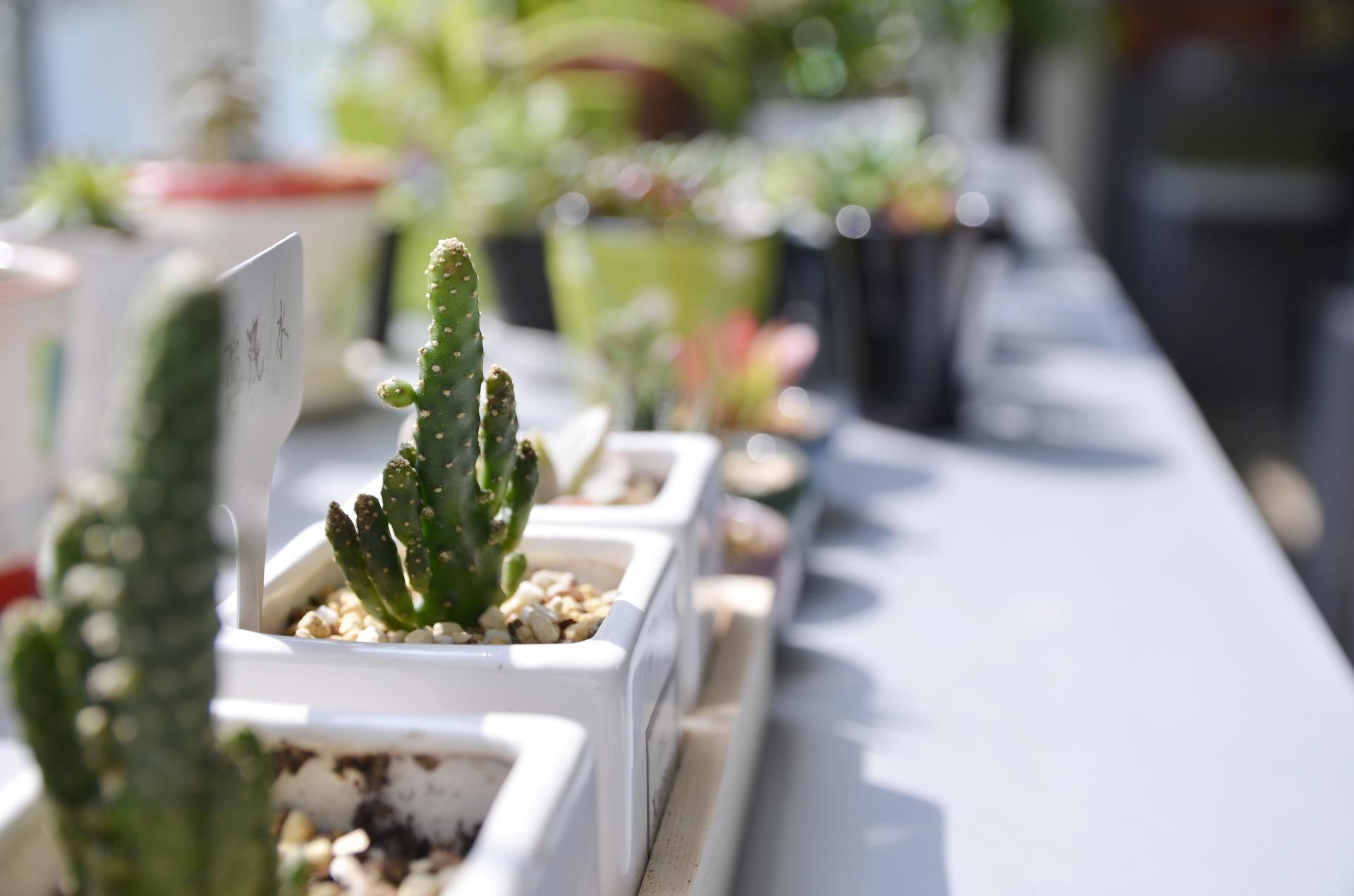
Credit: Pixabay
Indirect light is also more diffuse, meaning that it spreads out over a larger area. This can be beneficial for plants that are trying to grow in shady areas. The diffused light will help the plant evenly distribute its growth.
So, if you’re looking for a lighting option that is gentle on your plants and easy on your eyes, indirect light is a great choice!
The Importance Of Indirect Light For Plant Growth
Indirect light is just as important as direct light when it comes to growing plants. While direct light is intense and can damage plants, indirect light is more diffused and gentle.
Indirect light is essential for plant growth because it helps plants produce chlorophyll. Chlorophyll is a green pigment that helps plants absorb light and convert it into energy. Plants need the energy to grow, so indirect light is necessary for plant growth.
The Best Plants For Indirect Light
Not all plants need direct sunlight to thrive. Some plants do better in indirect light. If you have a spot in your home that doesn’t get a lot of sunlight, don’t worry, there are still plenty of plants that will do well there. Here are some of the best plants for indirect light:
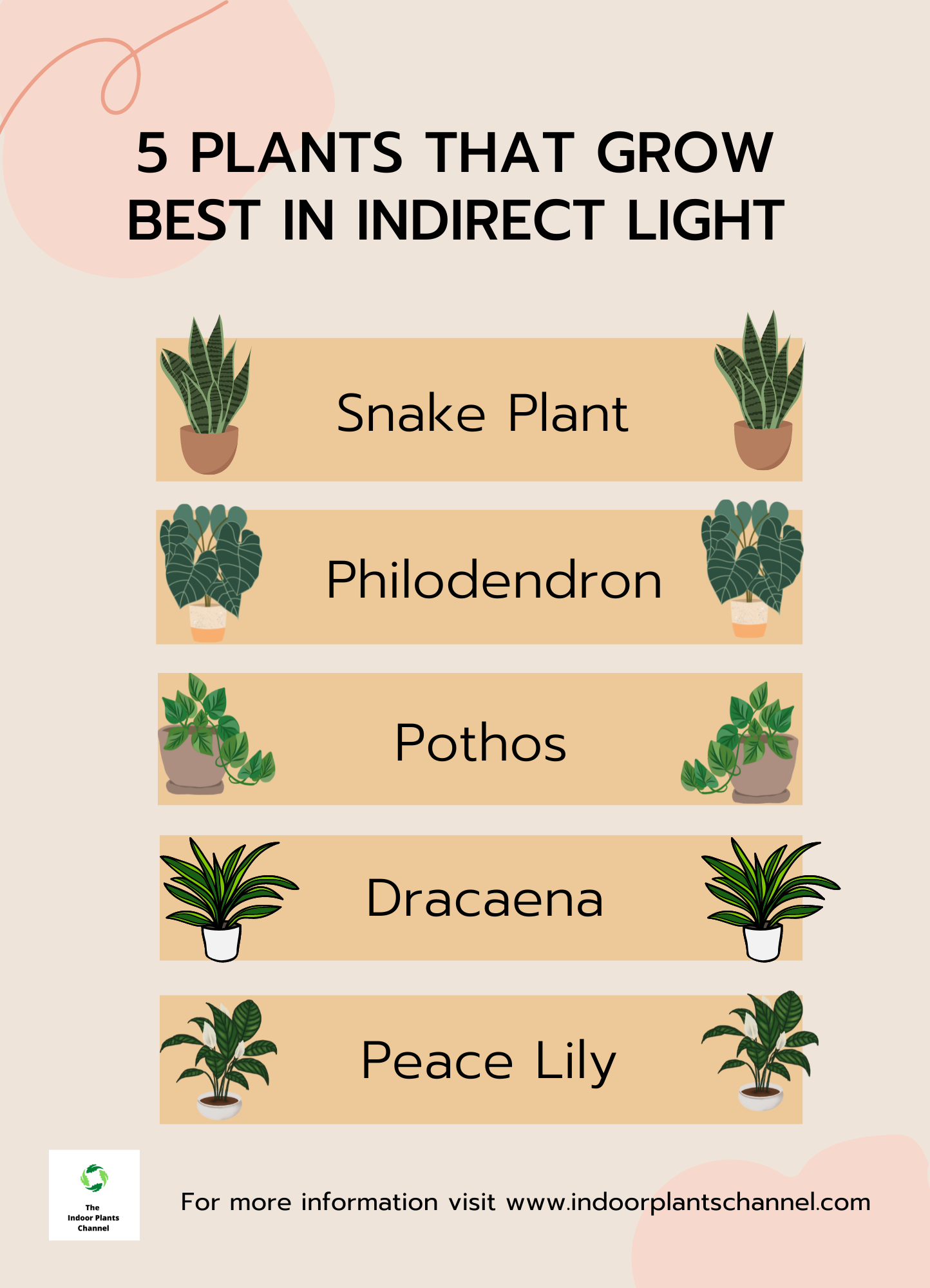
1. Snake Plant
The snake plant, also known as the mother-in-law’s tongue, is a tough plant that can tolerate low light and irregular watering. It’s a good choice for beginners, as it’s very easy to care for. Snake plants are also known for their air-purifying qualities, so they’re a great choice if you want to improve the quality of the air in your home.
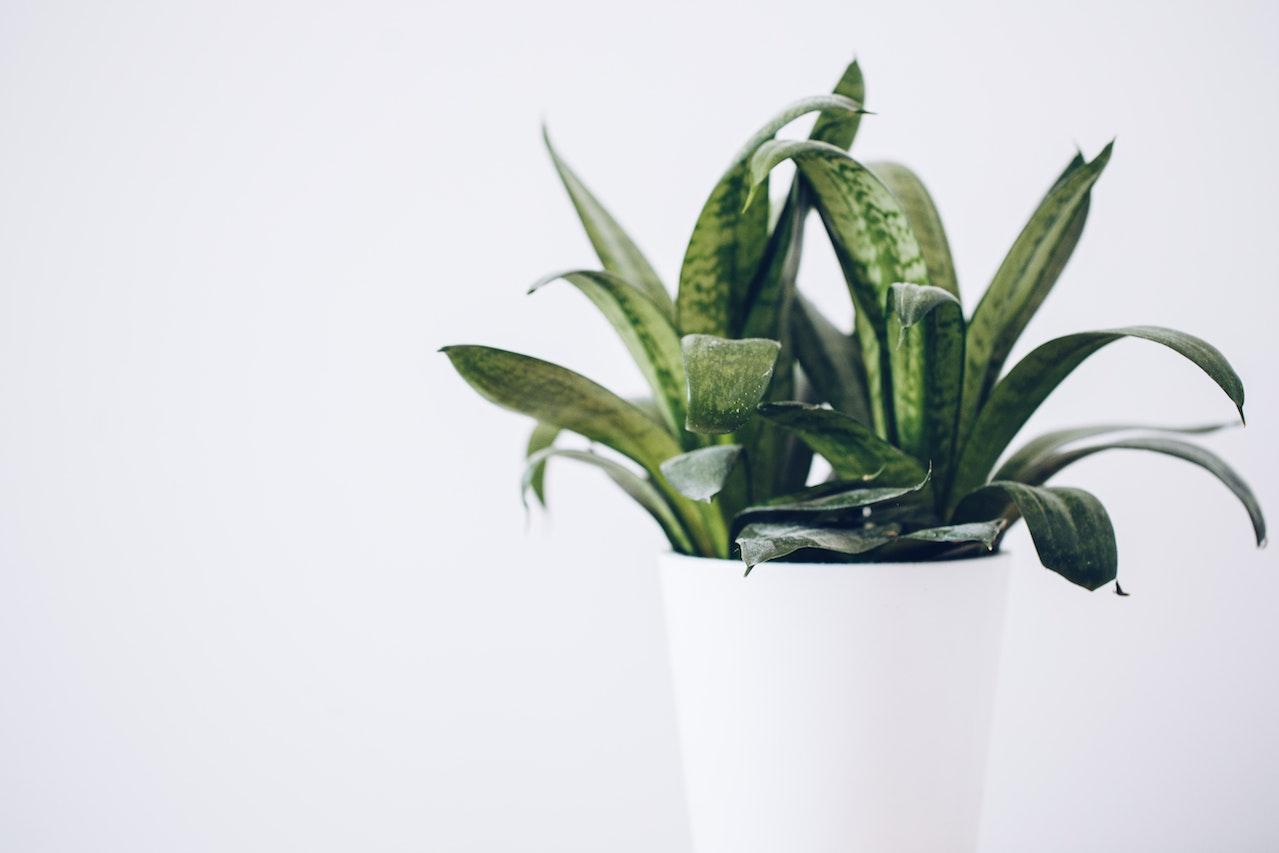
Credit: Pexels
2. Philodendron
Philodendrons are another plant that does well in indirect light. They’re very easy to care for, and they’re known for their ability to climb, so they’re perfect for hanging baskets or shelves. Philodendrons come in a variety of shapes and sizes, so you’re sure to find one that fits your space.
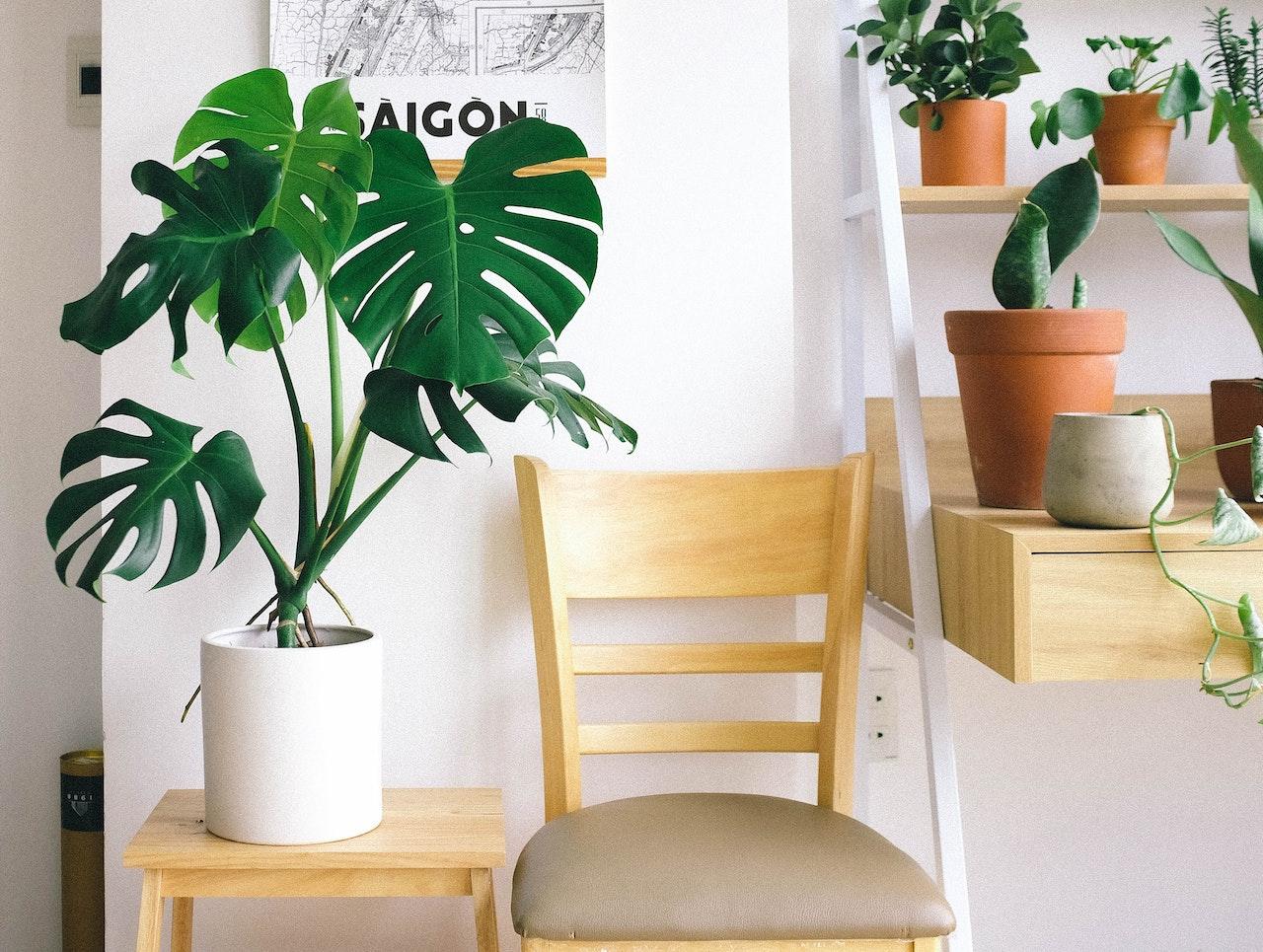
Credit: Pexels
3. Pothos
Pothos is a type of ivy that does well in indirect light. They’re very easy to care for, and they’re known for their ability to tolerate low light and low humidity. Pothos is also very good at purifying the air, so they’re a great choice if you want to improve the air quality in your home.
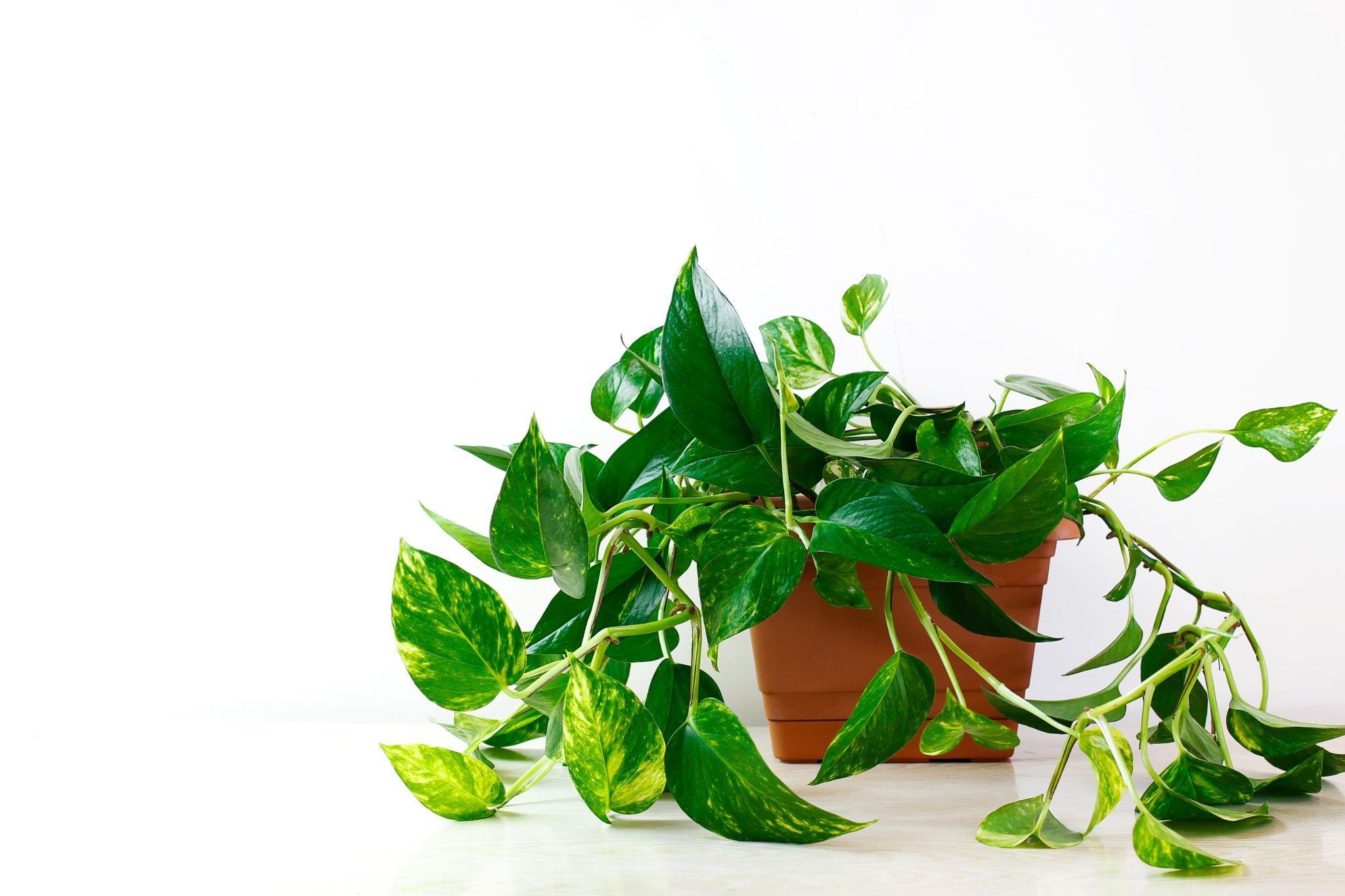
Credit: Freepik
4. Dracaena
Dracaenas are a type of plant that does well in indirect light. They come in a variety of shapes and sizes, so you’re sure to find one that fits your space. Dracaenas are known for their ability to tolerate low light and low humidity, so they’re a good choice for beginners.
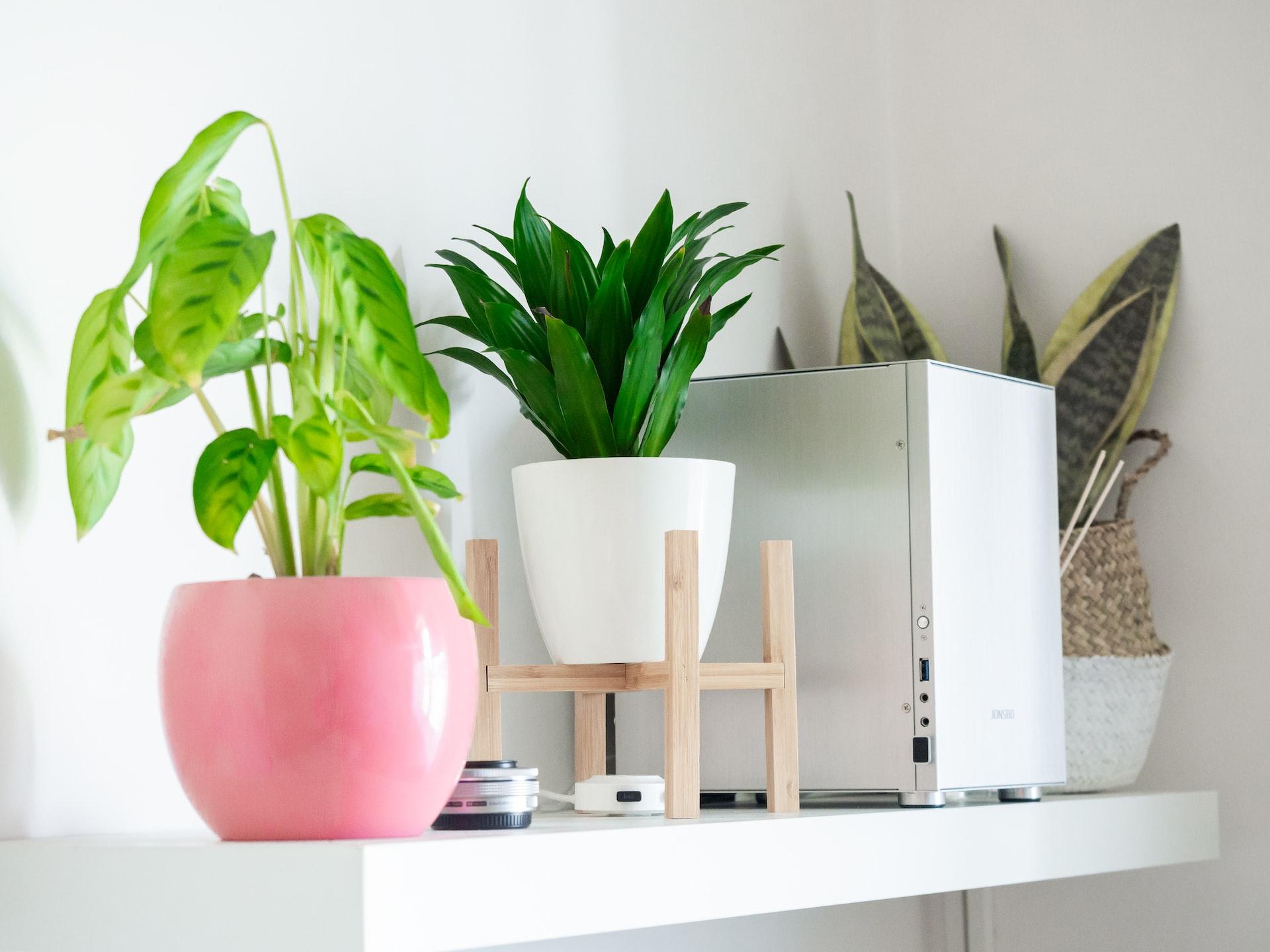
Credit: Unsplash
5. Peace Lily
Peace lilies are a type of plant that does well in indirect light. They’re known for their beautiful white flowers, and they’re also known for their ability to tolerate low light and low humidity. Peace lilies are a good choice for beginners, as they’re very easy to care for.
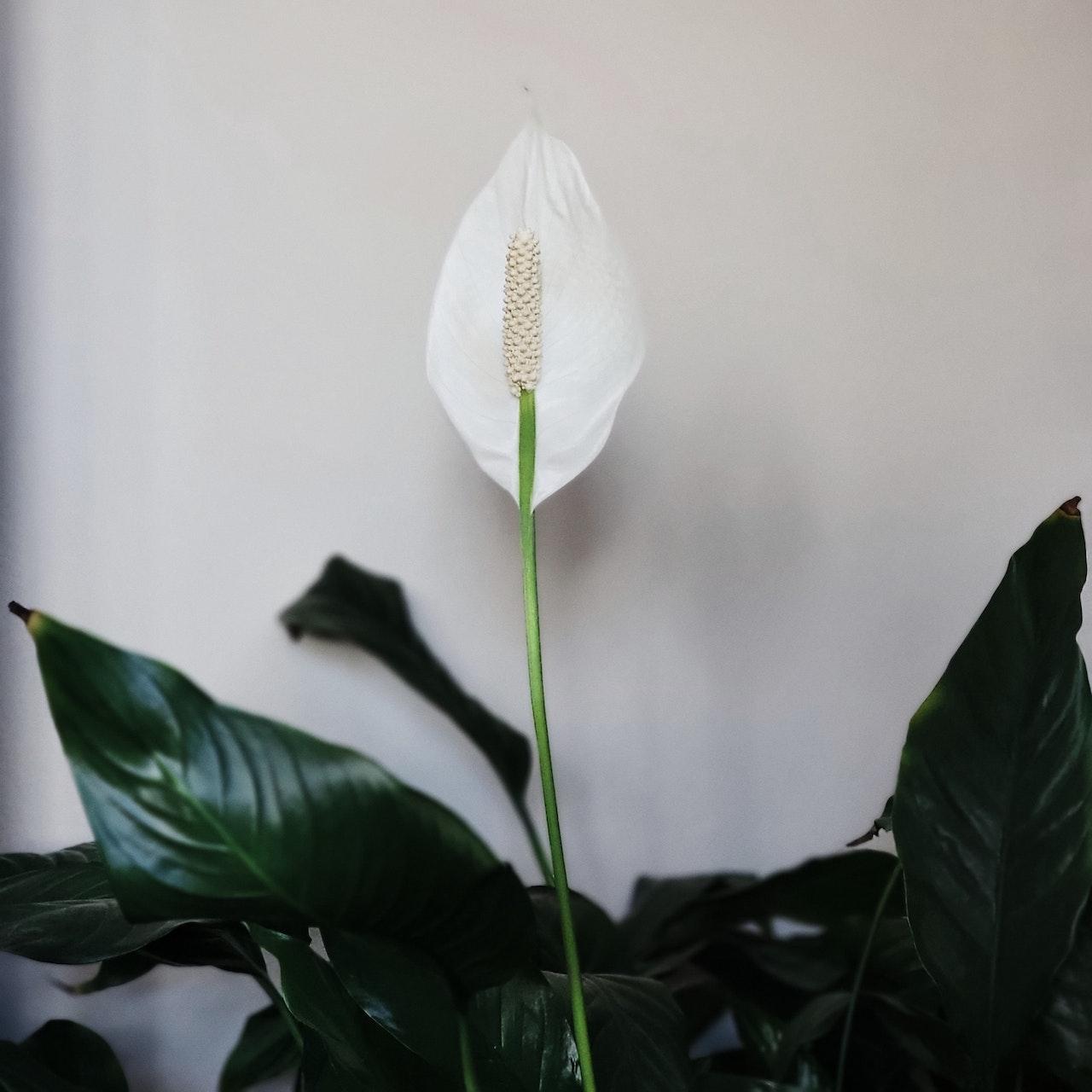
Credit: Pexels
How To Choose The Right Plant For Indirect Light
If you are looking for a plant that thrives in indirect light, there are a few things to keep in mind.
- Consider the amount of light that is available in the space where you want to put the plant. If there is not much light, you will need to choose a plant that can tolerate low-light conditions.
- Think about the type of plant you want. Some plants, like ferns, prefer indirect light, while others, like cacti, can tolerate more direct light.
- Consider your personal preferences. Some plants, like peace lilies, are known for their ability to purify the air, while others, like snake plants, are known for being easy to care for.
When choosing a plant for indirect light, it is important to consider the amount of light that is available, the type of plant, and your personal preferences.
How To Care For Plants In Indirect Light
When it comes to caring for plants, one of the most important things to consider is the amount and type of light the plant will receive. While some plants need direct sunlight to thrive, others do better in indirect light.
If you’re not sure how much light your plant needs, a good rule of thumb is to give it the amount of light that would be comfortable for you to read in. If you’re still not sure, there are a few things you can do to help your plant get the right amount of light.
If you’re growing a plant that needs indirect light, the best place to put it is near a window that gets plenty of natural light. You can also use a grow light to give your plant the light it needs.
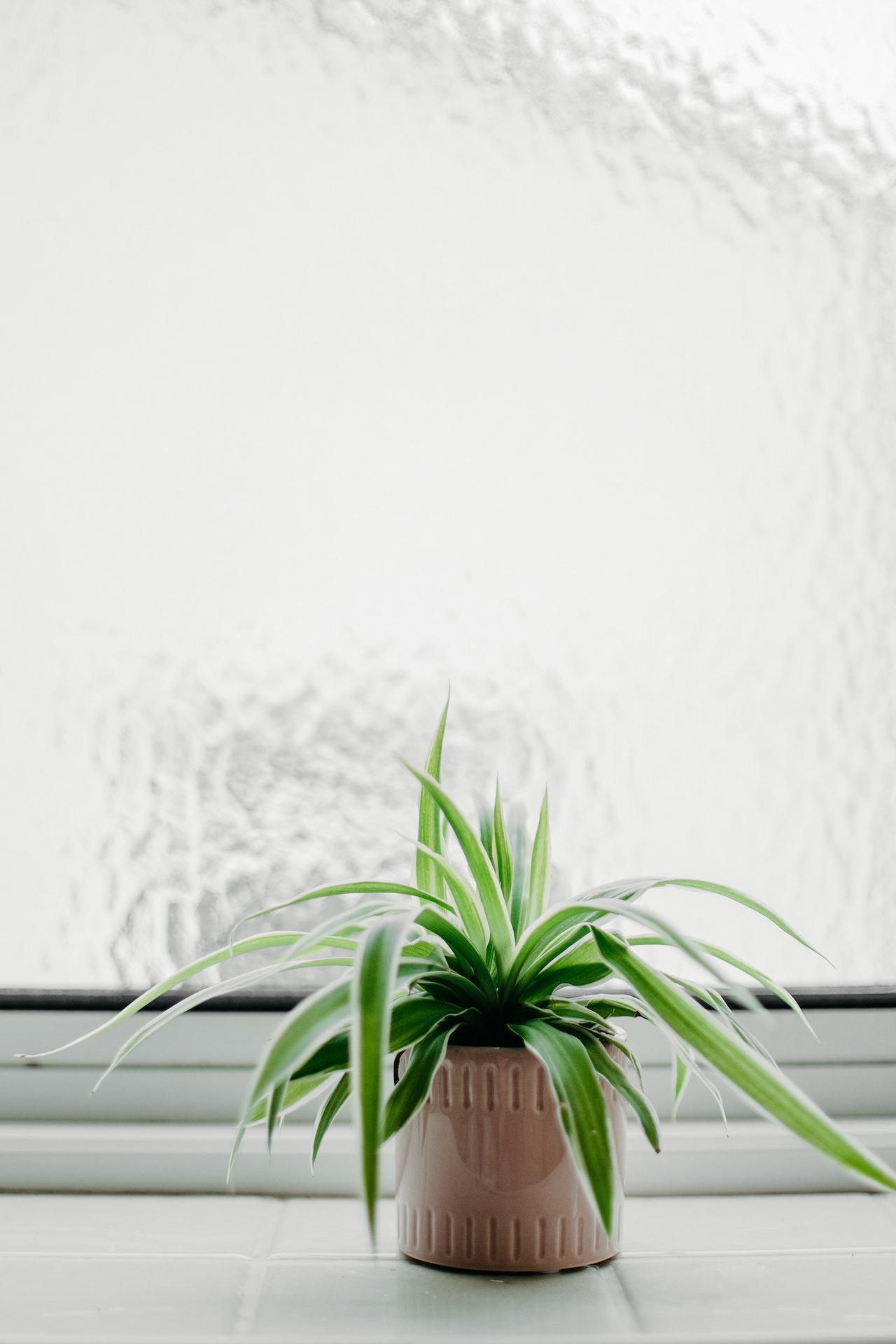
Credit: Pexels
When it comes to watering, plants that need indirect light will do best with a little bit of water every day. Be sure to check the soil before watering to make sure it’s not already moist.
With a little bit of care, your plant will thrive in indirect light.
The Best Way To Care For Your Plants In Indirect Light
If you want your plants to thrive, it’s important to give them the right type of light. If you’re not sure whether your plant prefers direct or indirect light, you can usually tell by its leaves.
When it comes to caring for your plants in indirect light, there are a few things to keep in mind.
- You’ll need to water them more often than plants that are in direct sunlight. This is because indirect light doesn’t dry out the soil as quickly as direct light does.
- You’ll need to fertilize your plants more often. This is because indirect light can make it harder for plants to get the nutrients they need from the soil. A good rule of thumb is to fertilize every two weeks or so.
- Be careful not to put your plants in too much shade. While they do prefer indirect light, they still need some light to grow. If you put them in too much shade, they may not get enough light to grow properly.
By following these tips, you can make sure your plants get the care they need to thrive in indirect light.
The Top Benefits Of Growing Plants In Indirect Light
Plants growing in indirect light are less likely to get sunburned. They grow more slowly, so you can enjoy them longer, and they are less likely to attract pests.
Sunburn is a common problem for plants that are grown in direct sunlight. The sun can scorch the leaves, causing them to turn brown and eventually die. Indirect light is much gentler on plants, and they are less likely to get sunburned.
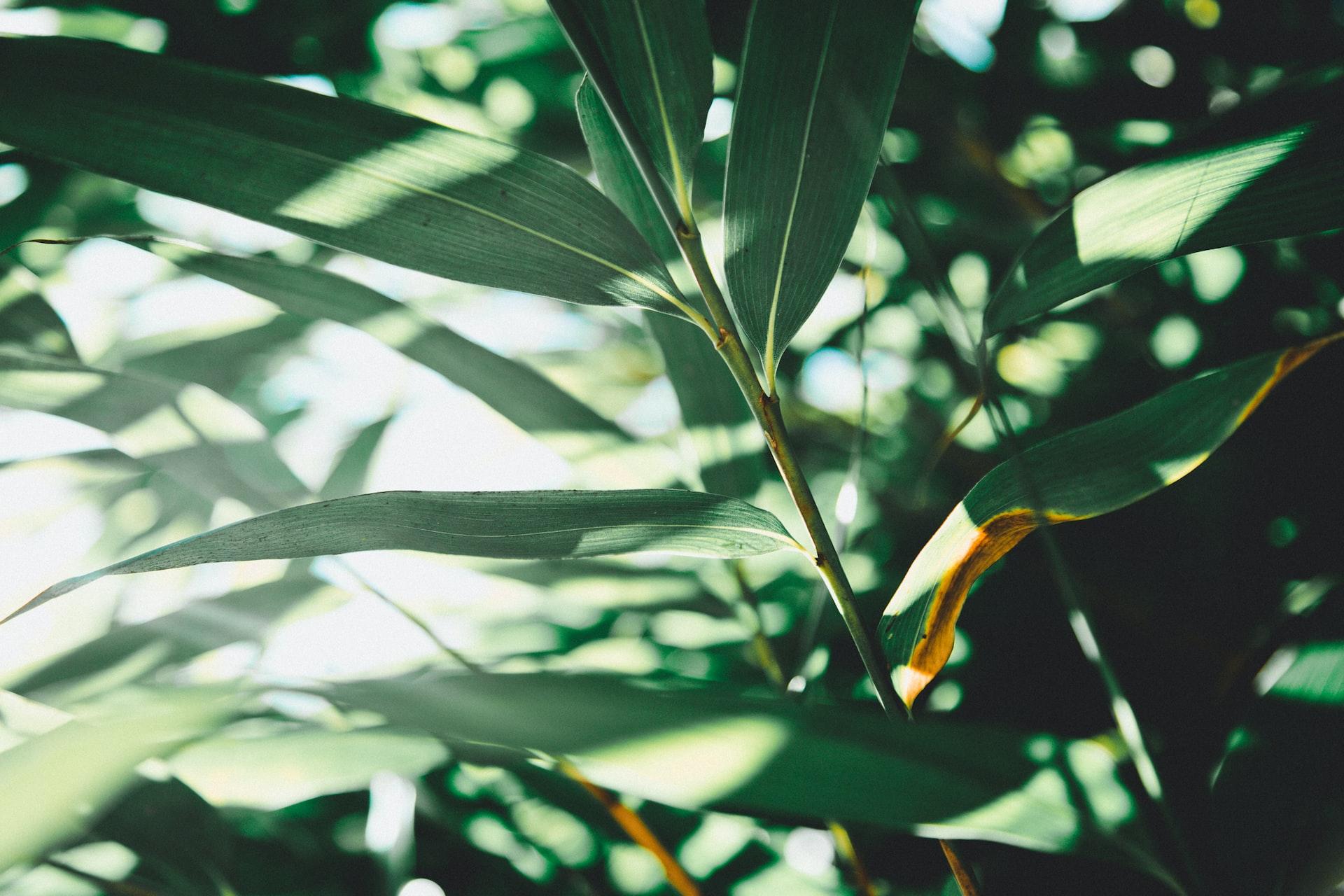
Credit: Unsplash
Plants that are grown in indirect light grow more slowly than those in direct sunlight. This may seem like a disadvantage, but it gives you more time to enjoy your plants. You can take your time potting them, training them, and watching them grow. And, since they grow more slowly, they are less likely to outgrow their pot or become leggy.
Pests are attracted to plants that are grown in direct sunlight. They are attracted to heat and light, and they can quickly infest a plant that is grown in these conditions. Indirect light is not as attractive to pests, so plants that are grown in indirect light are less likely to be attacked by them.
Expert Ideas
- Hang the plant from a ceiling hook or place it on a high shelf.
- Put the plant in a room with lots of natural light but not direct sunlight.
- Rotate the plant regularly so that all sides get an equal amount of light.
- Place the plant near a window but not in direct sunlight.
- Consider using a grow light if you cannot provide enough indirect light.
Bonus Tip
Indirect light means that the light is not directly from the sun. The best way to provide indirect light for plants is to place them near a window where they can receive indirect sunlight.
Conclusion
Indirect lighting is often best for plants, as it can provide a more even distribution of light. Direct lighting can be too intense for some plants, causing them to wilt or burn. When choosing a light for your plants, be sure to consider the type of plant and the amount of light it needs to thrive.
Michelle Wilde
Related posts
5 Comments
Leave a Reply Cancel reply
![]()
About Michelle Wilde
Michelle Wilde is a stay-at-home mom and avid plant lover. Armed with a post-graduate degree in Computer Science (no kidding!), she loves researching plants and landscapes. When she is not caring for her 4 kids, she spends time on her passion for plants. She blogs at www.indoorplantschannel.com, the trusted source for indoor plants.
Learn more
Subscribe
* You will receive the latest posts and updates about indoor plants!
Search
Recent Posts
Categories
- Beginner Guides (10)
- FAQ (206)
- General (2)
- How-To Guides (212)
- Indoor Plants (214)
- Pest Management (2)
- Plant Problem Solutions (4)
- Seasonal Growing (2)
- Specialized Environments (2)
- Specific Plant Care (3)
- Technical Growing (2)
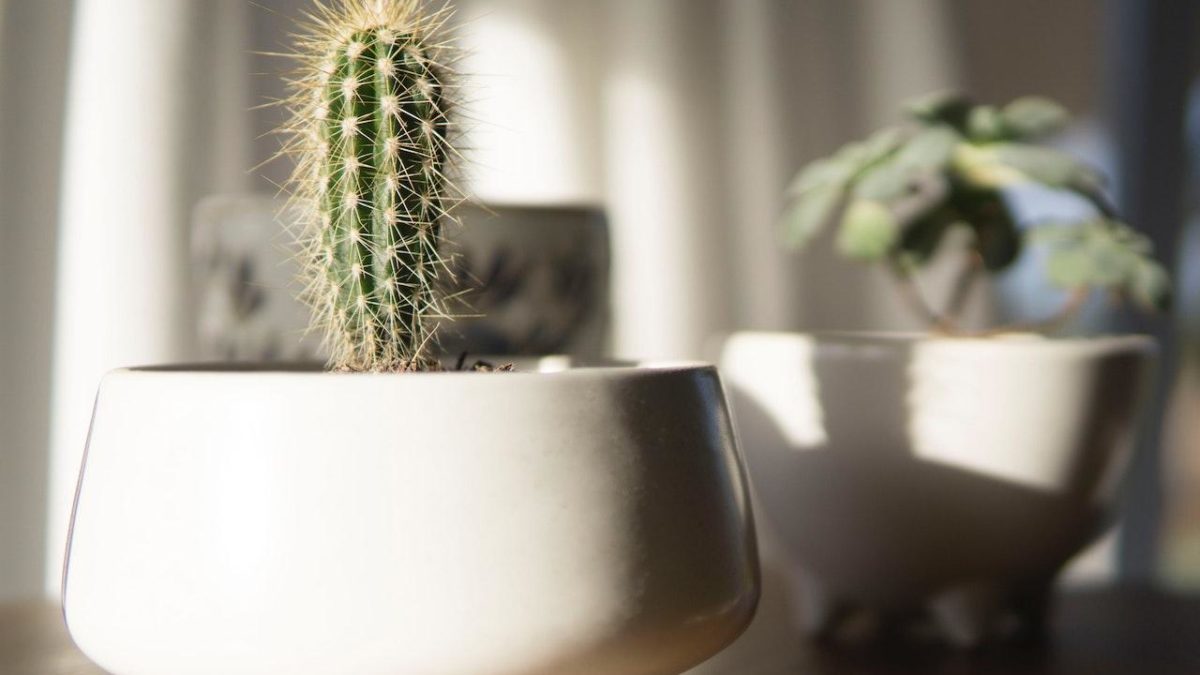
[…] looking for ways to add more interest and depth to your home dcor? If so, you may want to consider incorporating indirect lighting into your design […]
[…] of light: direct and indirect. Direct light is intense and direct, like the light from the sun. Indirect light is softer and less direct, like the light from a […]
[…] you cannot provide bright, indirect light, use artificial […]
[…] plants do best in bright, indirect light. If you can provide them with some filtered sunlight, that’s ideal. But if you can’t, they’ll […]
[…] dracaena plants do appreciate bright, indirect light, placing them in direct sunlight can be harmful. The intense rays of the sun can cause the leaves […]